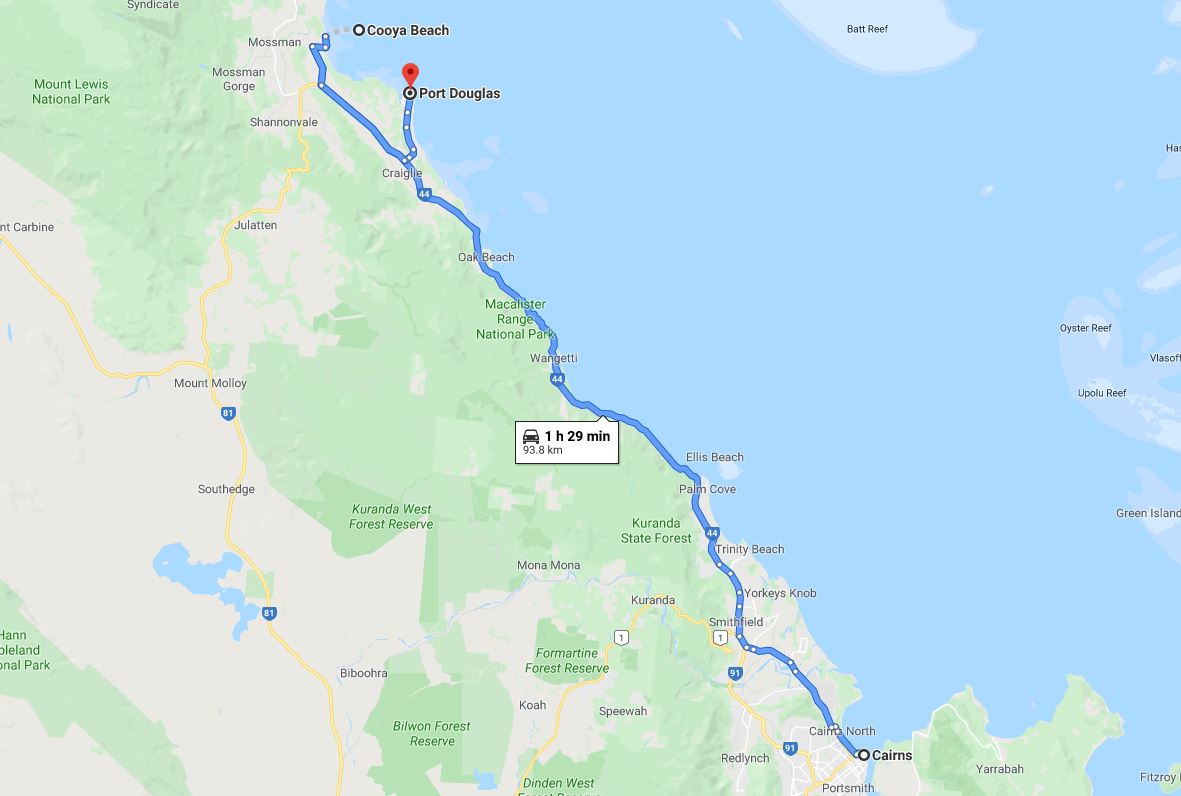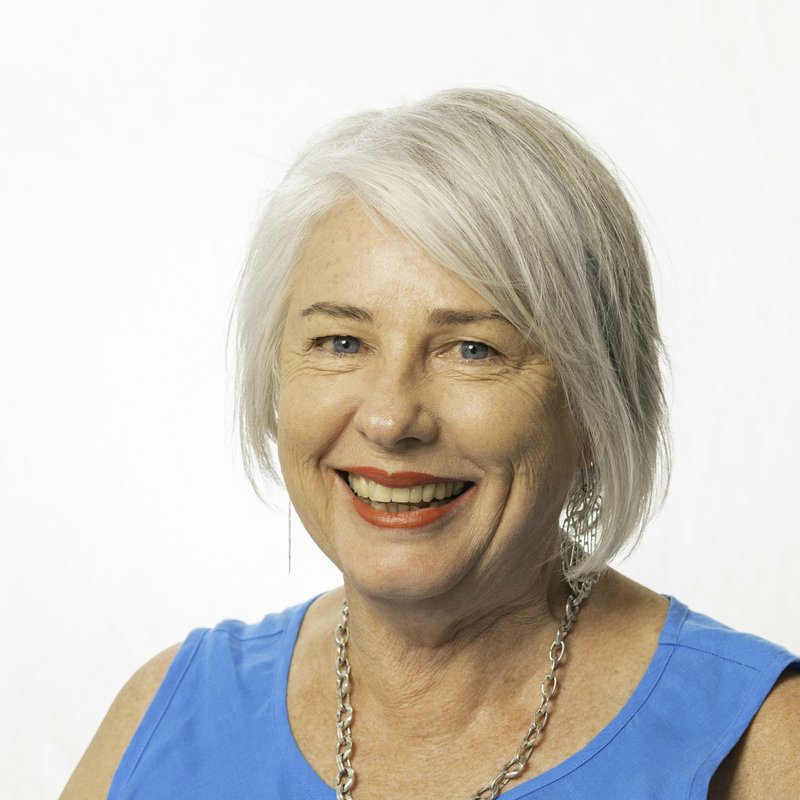Embark on an exciting mud crab coastal beach Indigenous tour where you’ll have the opportunity to explore the sandy tidal flats and mangroves of Cooya Beach. Will we catch mud crabs? Join us on this Port Douglas adventure as we venture onto the beach, guided by a traditional Kuku Yalanji Cultural Habitat Tours custodian. Experience the landscape through their eyes and get ready for an authentic and unforgettable journey.
A mud crabbing Indigenous tour on Cooya Beach
I’m walking through black, slimy mud, each footstep sinking deeper than the next, carrying my heavy camera bag and a spirit of adventure on an Indigenous experience at Cooya Beach, about a 15-minute drive north of Port Douglas. We could pay a lot of money at a spa for this mud foot treatment, I joke with my fellow walkers as I climb over, under and around the twisted mangrove roots.
Kubirri Warra brothers Linc and Brandon Walker are our guides as we stroll the beach, mudflat and mangroves of Cooya Beach (Kuyu Kuyu), the traditional fishing ground of the Kuku Yalanji Bama. This Indigenous experience takes visitors into the heart of their hunting grounds and leaves them with an insight into their traditions and stories.
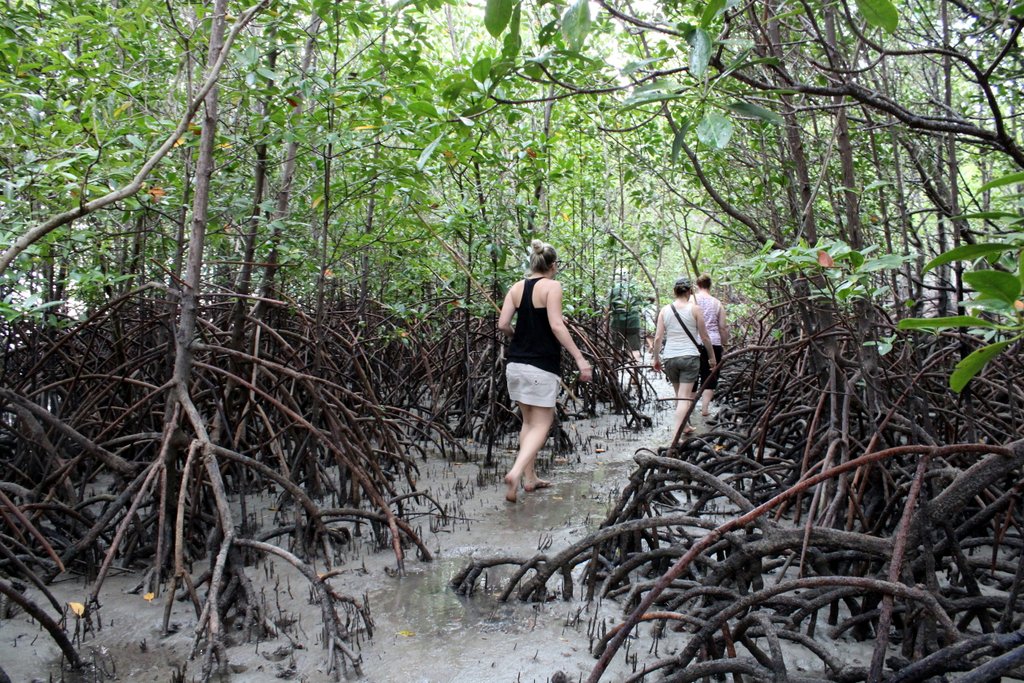
Starting off on our mud-crabbing walkabout on Cooya Beach. Photo: Kerry Heaney
What to expect on this Port Douglas Indigenous tour
Just north of Port Douglas, this unique coastal place has three diverse ecosystems -beach, mangroves and coastal reef – that are connected to each other by the ever-changing mudflats and tidal lagoons. It is an area that the Kubirri Warra brothers have explored since childhood. Their children do the same, treating the mangroves like an adventure playground exploring the wonders provided by nature.
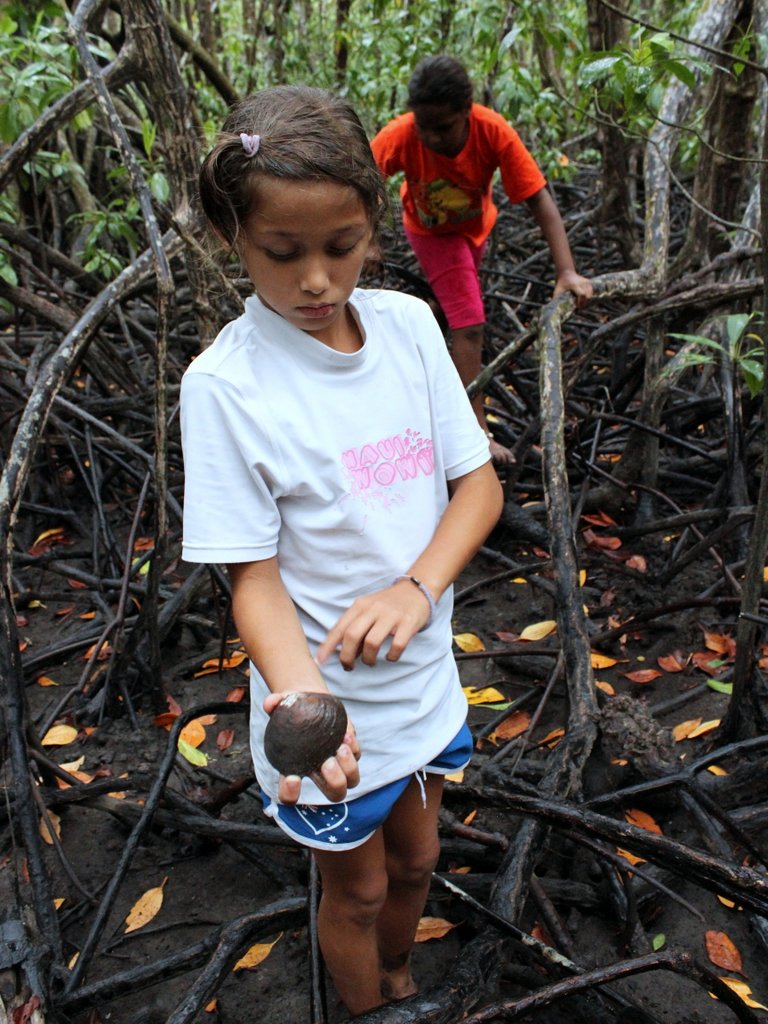
A beach mussel from the mangroves at Cooya Beach. Photo: Kerry Heaney
Learn how to catch mud crabs
As a Queensland girl growing up with a seafood-loving family, I have caught a few mud crabs over the years. The flavour of a freshly caught and cooked mud crab is intense, sweet and addictive. I’ve never enjoyed the aroma of them cooking in the pot but the rewards justify the method.
The usual crab catching method is to place a crab pot (a netted trap baited with food irresistible to crabs) in their favourite spots and wait for a few hours. If you have chosen well, your pot may be filled with one or even sometimes two crabs when you pull it from the water. The first rule is to put back the jennys (female crabs) and undersize crabs and then tie up the claws. Those crab claw teeth can do a lot of damage to fingers!
On the Kuku Yalanji Cultural Habitat Tour the mud crabbing Indigenous tour techniques are a little different. We start with practising spear throwing, some with more success than others. The coconut target is very safe from destruction with the skill levels displayed by guests on this cultural experience. Our goal is to find some tucker for dinner, hopefully, mud crabs but there are plenty of options on the menu. We are going to learn to hunt while stalking and observing wildlife and country and discover how to track coastal resources on this mud crabbing walkabout,
Along the way, Linc and Brandon share some of their extensive knowledge of this special area and how they care for their country.

Striding across the mudflats. Photo: Kerry Heaney
Finding mud crabs on a Cooya Beach tour
Brandon talks to us as we stroll along the beach on the Kuku Yalanji Cultural Habitat Tour pointing out trees known as beach lettuce and another with flowers that release drops to soothe tired eyes when squeezed.
We stride out into the Cooya Beach mangroves along a clean, sandy path and it all seems easy peasy. Then the mangroves get thicker and more tangled and moving through them becomes an art form. My attempts seem even more clumsy compared to the nimble children who accompany us. This is their playground they tell us.
Sometimes the going is tough but I’m full of wonder at the experience of being in the middle of the mangroves. I’ve seen mangroves many times, from boardwalks, beaches and even kayaks, but never been so close to the environment. It’s amazingly peaceful and full of bright leaf contrasts against the drab mud. Occasionally we stop and dig mussels up from the mud, adding to a growing pile in the bucket.
Breaking through the mangroves we reach the beach and wander out over the shallow sandbanks into the water. There we catch a handsome crab which later, bathed in a chilli sauce, provides a feast for the family.
Back on the verandah of his family home, Brandon shares his family history of the area, passing around objects collected over the years as part of this Port Douglas Indigenous tour.
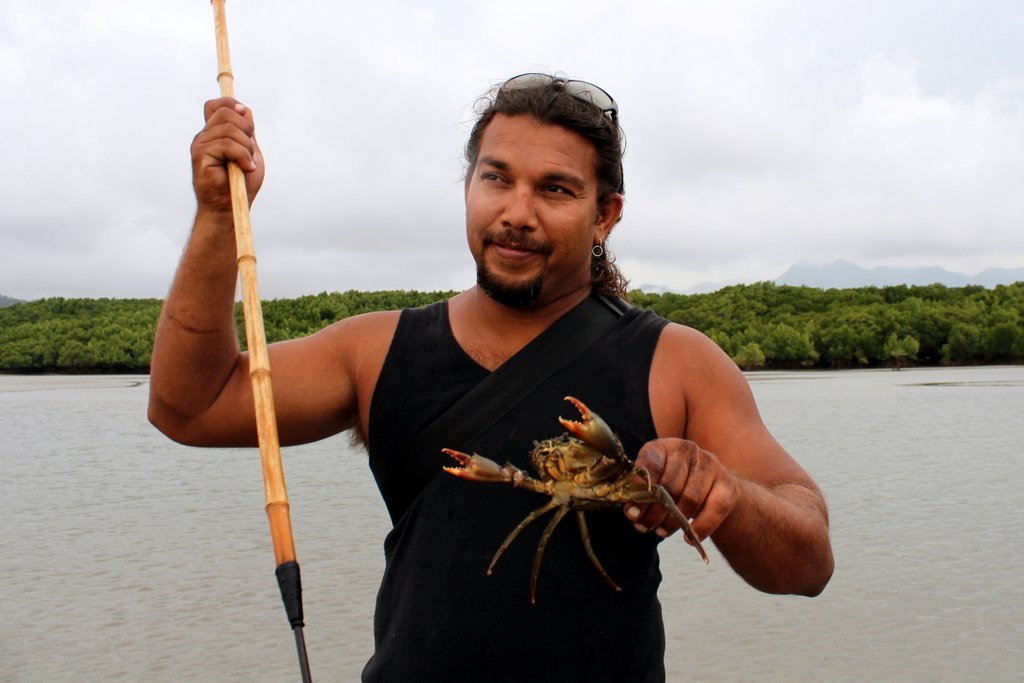
Mud crab for dinner. Photo: Kerry Heaney
Kuku Yalanji Cultural Habitat mud crabbing walkabout
The two-hour KukuYalanji Coastal Beach Walk Indigenous experience departs daily at 9.30 am and 1.30 pm from Cooya Beach which is a short drive from Port Douglas and also just 100 km (one and half hour’s drive) from Cairns. The cost is $90 for adults and $75 for children (4 – 12 years).
Make sure you are sun-safe, wear a hat, sunscreen and cover-up. Take drinking water and don’t forget the insect repellent. Wear beach shoes and comfortable clothing for walking through water, mudflats and mangroves.
Walking through the mangroves was an amazing experience, expertly enhanced by the brother’s knowledge of their stamping ground. Something to be treasured.

Cooked crab ready for eating. Photo: Kerry Heaney
Getting to Cooya Beach
Find this Cooya Beach tour by taking the Great Barrier Reef Highway from Cairns. It is a one hour and 30-minute drive from Cairns as you will see from the map below. You’ll discover there is plenty to explore in the Cooyar Beach and Mossman area.
More on the region
- Explore the Mossman Markets
- Eat your way around Rusty’s Markets
- Learn more about the future of the Great Barrier Reef from three reef experts on reef health.
